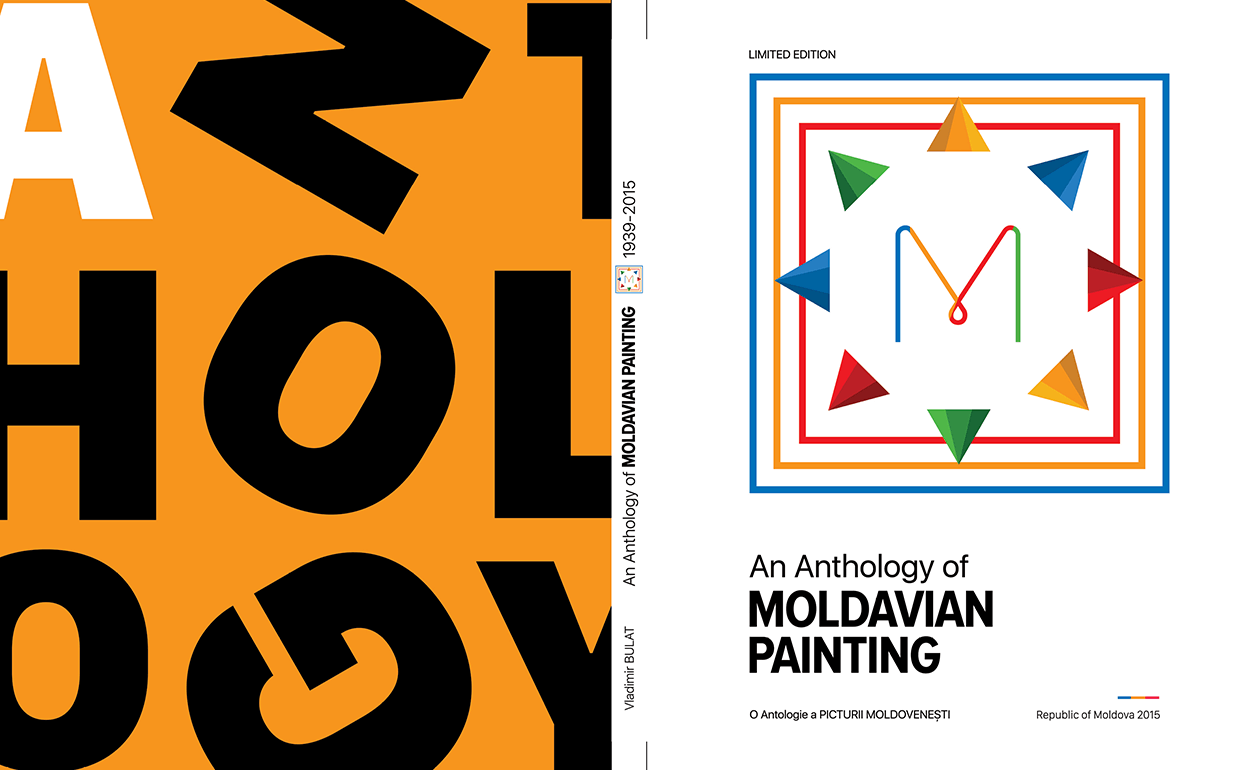By Vladimir Bulat. Mariu Marin Limited Edition, 2015.
The text is in English and Romanian.
Moisei Gamburd
Together with August Baillayre, he is considered the one of the most important Bessarabian visual artists from the period between the two world wars. The whole artistic life of the province “coalesced” around them. He studied in Brussels in the period 1925-1928; before that he was a student at the School of Visual Arts from Chisinev and actively contributed to the preparation of the 1922 Bucharest exhibition of the artists from Bessarabia. He then participated to the official salons and in 1934 he opened his first solo exhibition in Chisinev (which was also the site of his last exhibition in 1954). In 1940, he had a solo exhibition at Dalles Foundation exhibition site which was very positively reviewed by the media by writers such as George Oprescu and Miron Radu Paraschivescu. He became known by the mastery of drawing, his meticulously thought out compositions and the warm and very harmonious usage of colors.
In 1940, after the Soviet invasion of June 28, he moved to Chisinev together with his wife Eugenia Gamburd (born Goldberg, also an artist whose work is currently being rediscovered). This move had both good and bad consequences: the artist reached the pinnacle of glory the Soviet system could offer, but this apogee determined Gamburd to commit suicide. His conscience, doubled by a firm, honest and serious character could not deal with duplicity forever. A decisive, violent and definitive rupture which led to the abandonment of the interbelic tradition took place; it was a process that had to be stopped before it reached its final maturity and it remained to a formative stage only. Moisei Gamburd and his oeuvre embodied the whole complexity of the defeat of this project. “Socialist realism” needed such people, the “new people”; the Gamburds did not belong to this suffocating and ugly world.
